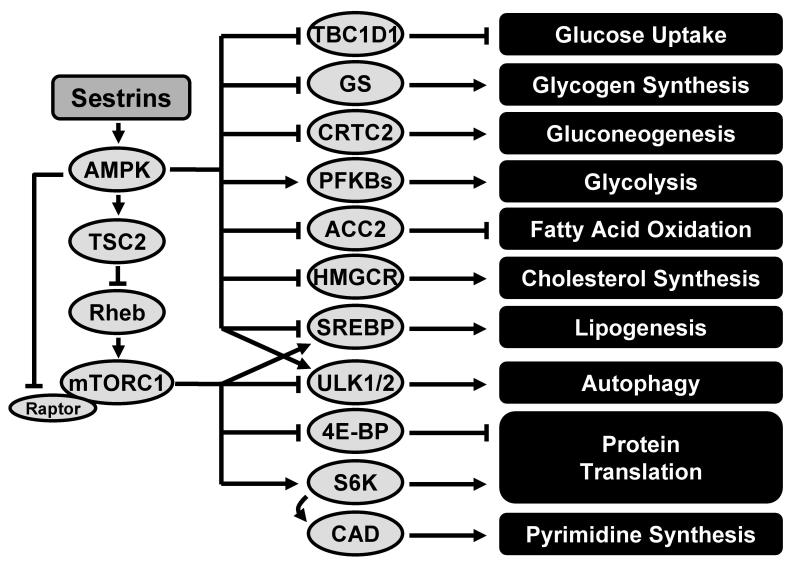Figure 2. Regulation of Nutrient-Sensing Signaling Pathways by Sestrins.
Sestrins control metabolism through AMPK and mTORC1. Sestrins potentiate AMPK activation and thereby suppress mTORC1 activity, leading to inhibition of cellular anabolism and augmentation of catabolic processes such as beta-oxidation and autophagy. Abbreviations: TBC1D1, TBC1 domain family member 1; GS, glycogen synthase; CRTC2, CREB regulated transcription coactivator 2; PKFB, fructose-6-phosphate kinase; ACC2, acetyl-coA carboxylase 2; HMGCR, HMG-CoA reductase; CAD, carbamoyl-phosphate synthetase 2, aspartate transcarbamylase, and dihydroorotase.

